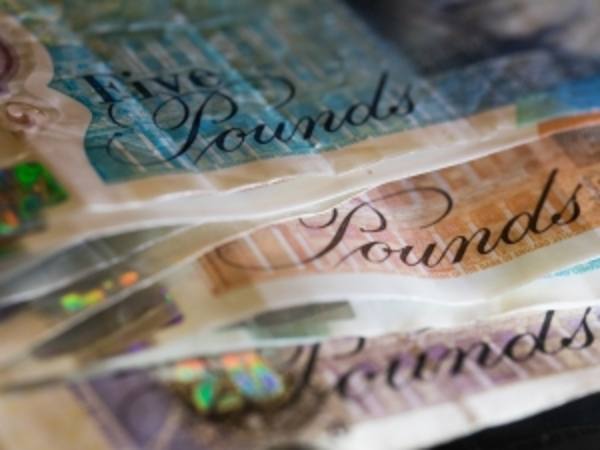George Osborne promised market-beating rates on new 'pensioner bonds' in his March 2014 Budget statement and is now weeks from delivering on this promise. NS&I has now announced the details of its interest rates of its new bonds for investors aged 65 and over - and investors will need to be quick off the mark to grab some.
The pensioner bonds will be launched in January (exact date is yet to be confirmed) and are likely to sell out quickly as the rates are very competitive. Also, there isn't a limitless supply of these bonds, and NS&I is only planning to issue £10bn worth of them. The Treasury is limiting the amount a saver can invest to £10,000 in each bond or a total of £20,000 but they could be a useful addition to your portfolio.
The one-year bond will pay 2.8 per cent gross/AER and the three-year bond will pay 4.0 per cent gross/AER. This is significantly higher than the leading rates available from banks and building societies. According to savings comparison website Moneyfacts.co.uk, the best buy one-year bond is from Islamic Bank of Britain and pays 1.90 per cent, while the best 3-year bond is from Secure Trust Bank and pays 2.51 per cent.
The rates are also significantly higher than the rates at which the government can borrow money on the gilt market. The government can borrow money through this method at 0.4 per cent for one year and 0.8 per cent for 3 years. The effective cost to the government of drawing finance through NS&I via pensioner bonds is estimated to be more than £300m.
So far, so good. However, it is incredibly disappointing that investors won't be able to take monthly interest from pensioner bonds. Instead, pensioner bonds are fixed rates, guaranteed for the whole term, with interest added on each anniversary. That's great for those who have up to £20,000 in cash and can afford to lock it away without needing an immediate return on it. However, there is a far greater need to provide help to savers who have seen their income payments decimated since the financial crisis.
A further disappointment is that pensioner bonds won't be allowed within a cash Isa. Anyone thinking of taking out a pensioner bond by cashing in an existing Isa will lose the tax-free status of their savings. You should be wary of losing your tax free wrapper for the sake of a one- or three-year interest rate boost.
Interest on the bonds is taxable and paid net (with basic rate tax taken off). This means a one-year bond paying 2.8 per cent translates to 2.24 per cent for a basic-rate taxpayer and 1.68 per cent for a higher-rate taxpayer. Higher and additional rate taxpayers will need to declare their interest to HM Revenue & Customs (HMRC) and pay the extra tax due. However, non taxpayers, and those eligible to have any of their interest taxed at the new 0 per cent rate (which starts from April 2015), can claim back the tax from HMRC.
For some investors, higher rate taxpayers, blue chip shares paying 3.5 per cent dividend income into a tax-free Isa may look more attractive than 1.68 per cent net from a bond. However, the associated risks are very different. Shares can be volatile - just look at the FTSE 100 index plummeting 5 per cent over the last week. By contrast, the bonds, being offered by NS&I, are government-backed, meaning your money is in a very safe place.
• To make sure you don't miss out on pensioner bonds, I recommend that you sign up for the newsletter at the NS&I website to receive an email update as soon as the new bonds go on sale. https://www.nsandi.com/contact-us-sign-receive-email-updates-nsi










